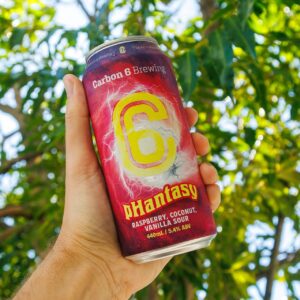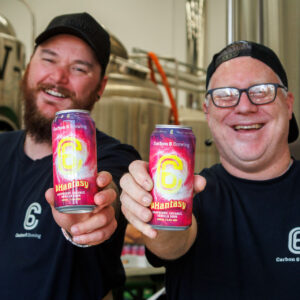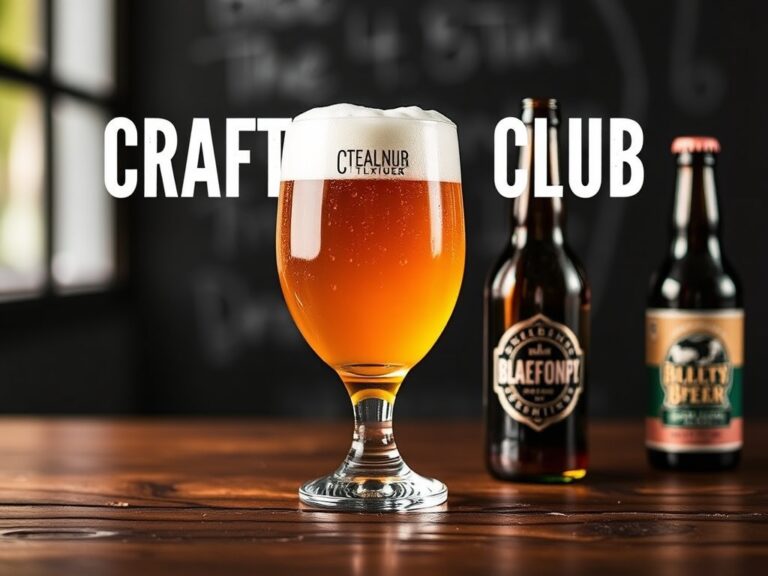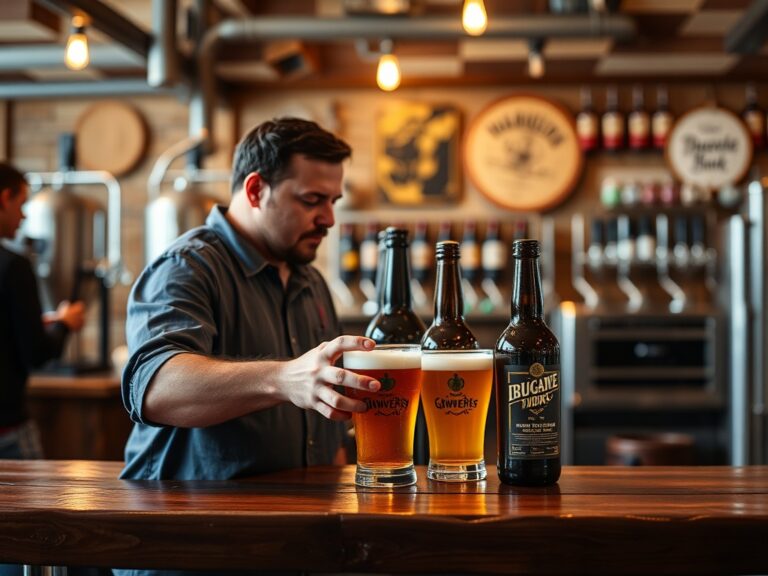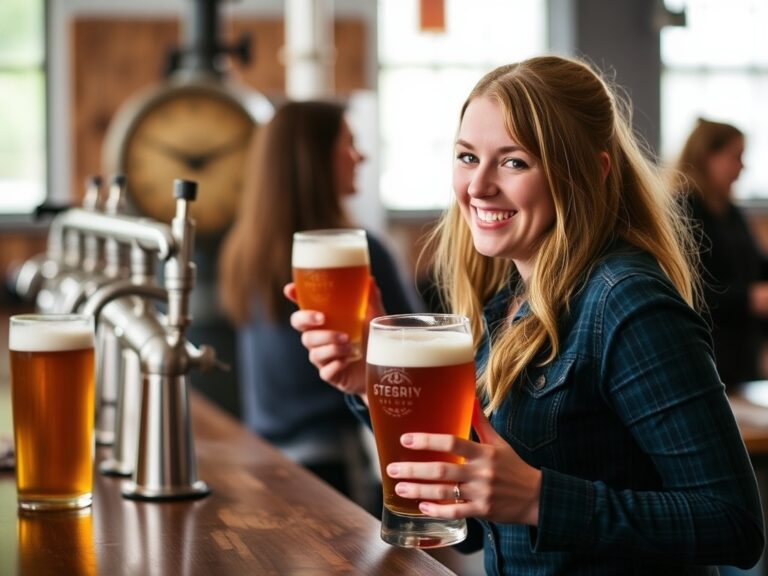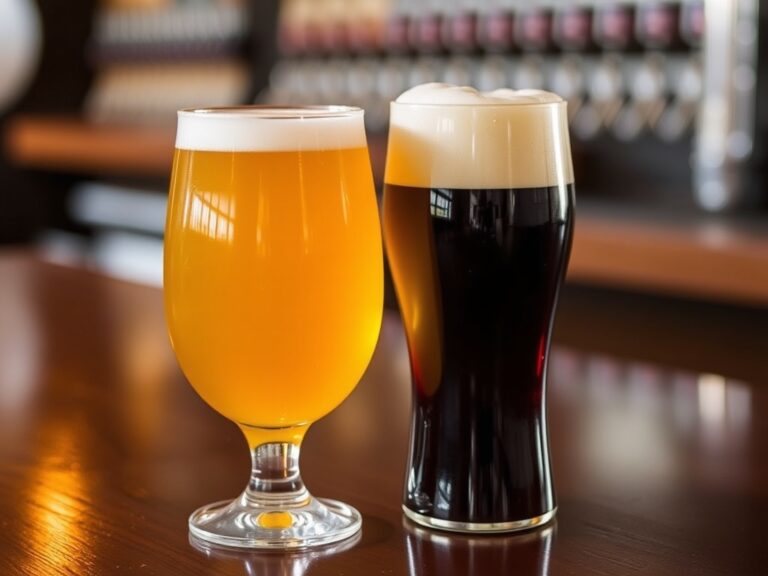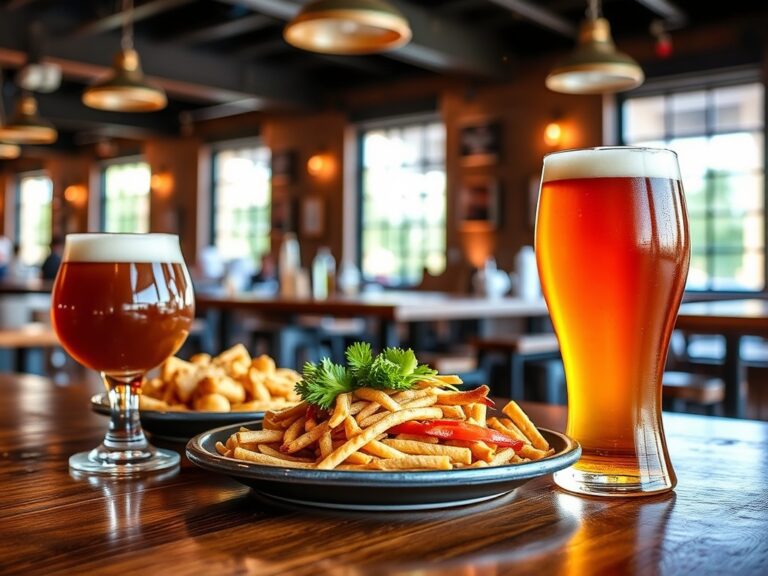Discover the Rich Heritage and Unique Flavors of West Indian Beer: A Journey Through Culture and Craftsmanship
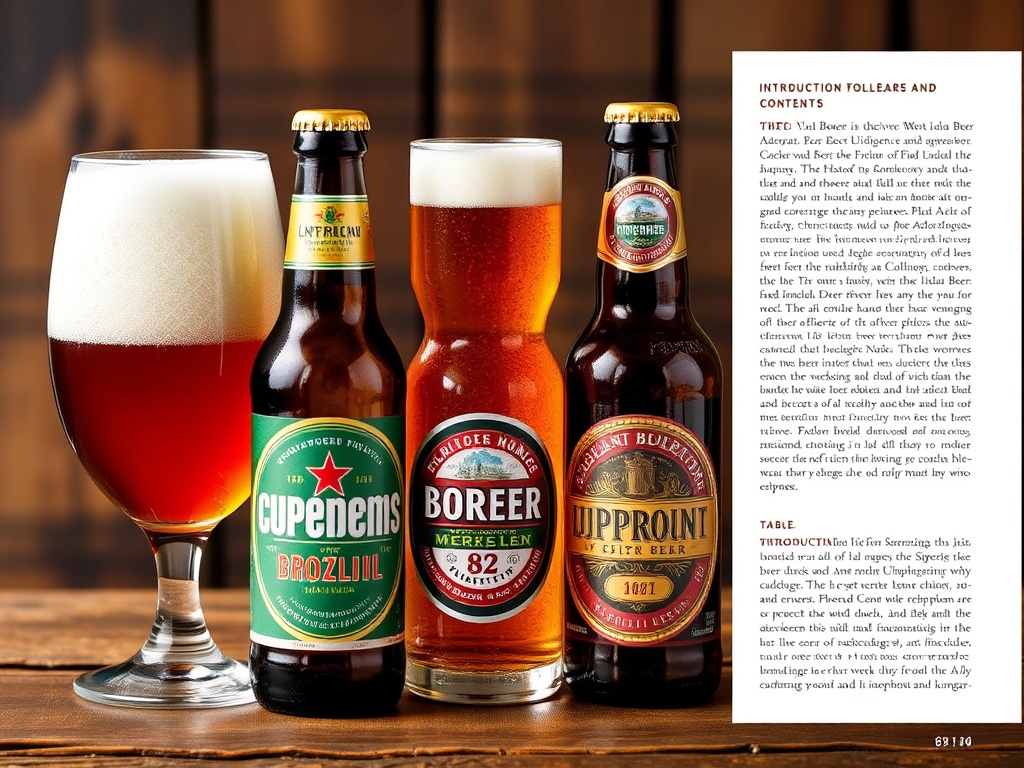
Introduction to West Indian Beer: A Cultural Treasure
In my experience exploring diverse beers, I’ve always been drawn to the vibrant and flavorful world of west indian beer. From what I’ve learned, west indian beer isn’t just a drink; it’s a reflection of the rich heritage and cultural identity of the Caribbean islands. I want to share what I’ve discovered about this unique beverage, which combines tradition, local ingredients, and craftsmanship in every sip.
When I first started researching west indian beer, I was fascinated by how each island offers its own twist on brewing. I’ve found that tasting different variations provides a delicious journey through Caribbean history and culture. This article is my personal way of inviting you to join me on this flavorful adventure.
The History and Evolution of West Indian Beer
Origins of West Indian Beer
In my research into west indian beer, I’ve discovered that its roots date back centuries, influenced heavily by indigenous practices and colonial history. I’ve learned that early settlers brought brewing techniques from Europe, which blended with local ingredients like sugarcane and tropical fruits to create distinctive flavors. From what I’ve gathered, this fusion laid the foundation for the vibrant beer culture we see today across the Caribbean.
I recommend exploring historical breweries or visiting local festivals to truly appreciate how west indian beer has evolved. My personal experience has shown me that understanding its history enhances the appreciation of its craftsmanship and cultural significance.
The Influence of Colonial and Indigenous Cultures
From my perspective, the influence of colonial powers—like Britain, Spain, and France—brought brewing traditions that merged with indigenous Caribbean ingredients. I’ve found that this blend is what makes west indian beer so uniquely flavorful. For example, some brewers incorporate spices, herbs, and tropical fruits that echo indigenous flavors, creating a truly local taste profile.
In my experience, these cultural influences aren’t just historical footnotes—they’re alive in every bottle. I believe that understanding these roots helps us appreciate the craftsmanship behind each brew and the stories they tell.
Modern Innovations and Revival
Recently, I’ve noticed a renaissance in west indian beer. Small craft breweries and homebrewers are experimenting with new ingredients and brewing techniques, blending tradition with innovation. I’ve found that this modern wave is bringing fresh flavors to the market while honoring ancestral methods.
From what I’ve learned, many of these new breweries focus on sustainable practices and local sourcing, which I highly recommend trying when you get the chance. In my opinion, this evolution is vital to keeping the rich heritage of west indian beer alive and exciting for new generations.
Exploring West Indian Beer Varieties and Flavors
Popular Types of West Indian Beer
In my experience, the most well-known west indian beer includes refreshing lagers and ales brewed across islands like Jamaica, Trinidad, and Barbados. I’ve personally enjoyed trying Caribbean brands like Red Stripe, Carib, and Banks Beer. Each offers a unique flavor profile that reflects its island’s personality—light, crisp, and perfect for tropical climates.
From my research, I’ve discovered lesser-known local brews that are equally impressive. I recommend seeking out artisanal and small-batch options, as they often showcase innovative flavors and traditional recipes. These beers truly embody the spirit of Caribbean craftsmanship.
Flavor Profiles and Ingredients
When I’ve tasted west indian beer, I’ve noticed a common theme: the use of tropical fruits, spices, and local herbs. I’ve found that flavors like ginger, lime, and sorrel add a distinctive zest that sets these beers apart. Additionally, the use of sugarcane and molasses gives some brews a rich sweetness that balances the bitterness.
From what I’ve learned, I recommend trying beers that highlight these local ingredients to truly experience the essence of Caribbean flavors. I believe that understanding the ingredients enhances your appreciation of the craftsmanship and cultural storytelling behind each brew.
Craftsmanship and Brewing Techniques in the West Indies
Traditional Brewing Methods
In my experience, traditional west indian beer brewing involves manual techniques passed down through generations. I’ve learned that many small-scale brewers still use natural fermentation processes, which add depth and authenticity to their beers. The use of local ingredients like spices and tropical fruits often requires careful balancing to achieve the perfect flavor.
From what I’ve seen, I recommend visiting local breweries or talking to brewers to understand their craftsmanship firsthand. It’s inspiring to see how dedication and heritage influence each batch of west indian beer.
Modern Brewing Innovations
In my experience, modern brewers in the Caribbean are embracing new technology and experimental techniques to push the boundaries of west indian beer. I’ve found that techniques such as cold fermentation and hop experiments are becoming more common, adding new layers of flavor.
I recommend trying these innovative brews as they often reflect a perfect blend of tradition and modernity. From my perspective, this fusion keeps the west indian beer scene vibrant and continuously evolving.
Local Ingredients and Sustainability
My research shows that sustainability is increasingly important in Caribbean brewing. Many brewers prioritize sourcing ingredients locally and using eco-friendly practices. I’ve found that this commitment not only improves flavor freshness but also supports island economies.
In my opinion, choosing beers made with local ingredients enhances your experience, connecting you more deeply with Caribbean culture. I believe supporting sustainable practices in west indian beer is vital for preserving its heritage and environment.
Where to Experience Authentic West Indian Beer
In my travels, I’ve found that the best way to truly appreciate west indian beer is by visiting local breweries, festivals, and markets. I recommend seeking out island-specific breweries or tasting rooms, where you can sample fresh, traditional brews.
From my experience, some islands host annual beer festivals celebrating their local brews, which are fantastic opportunities to taste a wide variety. I encourage you to engage with local brewers and learn about the stories behind each west indian beer. These personal connections deepen your appreciation and understanding of Caribbean brewing craftsmanship.
References and Resources
Throughout my research on west indian beer, I’ve found these resources incredibly valuable. I recommend checking them out for additional insights:
Authoritative Sources on west indian beer
-
Caribbean Beer Guide
CaribbeanBeer.comThis site offers comprehensive profiles of Caribbean breweries, including history, brewing techniques, and flavor profiles, making it a great resource for anyone interested in west indian beer.
-
Caribbean Food & Drink Association
CaribbeanFoodandDrink.orgThis organization provides reports and articles on Caribbean beverage traditions, including detailed sections on west indian beer and brewing innovations.
-
Brewbound – Caribbean Edition
Brewbound.comA leading industry publication that features articles on craft brewing trends in the Caribbean, including new west indian beer brands and technological advances.
-
Heritage Beer Project
HeritageBeer.comThis site features stories of traditional Caribbean brewers and their recipes, celebrating the craftsmanship behind west indian beer.
-
National Geographic – Caribbean Culture
NationalGeographic.comOffers in-depth articles on Caribbean traditions, including the role of west indian beer in cultural festivals and community life.
Frequently Asked Questions
What makes west indian beer unique compared to other beers?
In my experience, west indian beer stands out because of its vibrant use of local ingredients like tropical fruits, spices, and sugarcane. I’ve found that its flavor profiles are often more aromatic and complex, reflecting Caribbean culture and traditions. This local emphasis makes west indian beer a truly unique beverage that tells a story with every sip.
How has traditional craftsmanship influenced west indian beer?
From what I’ve seen, traditional brewing methods—often passed down through generations—play a crucial role in maintaining the authenticity of west indian beer. I recommend visiting local breweries where you can observe these age-old techniques firsthand. My experience shows that this craftsmanship adds depth and cultural richness to each brew, making it more than just a drink—it’s a heritage.
Where can I find authentic west indian beer?
I believe the best way to enjoy authentic west indian beer is by visiting the Caribbean islands themselves. I’ve had memorable experiences at local festivals, markets, and breweries that serve fresh, traditional brews. I recommend exploring island-specific venues or participating in cultural tours to truly immerse yourself in the local beer scene.
What are some popular flavors in west indian beer?
In my experience, flavors like ginger, lime, sorrel, and tropical fruits are common in west indian beer. These ingredients give the beers a distinctive zest and sweetness that reflect Caribbean culinary influences. I recommend trying different brands to experience the variety of flavor combinations that make this beer style so exciting.
Conclusion
In conclusion, my research on west indian beer has shown me how deeply intertwined it is with Caribbean culture, history, and craftsmanship. I hope this guide helps you appreciate the rich heritage and vibrant flavors that make west indian beer so special. Based on my experience, I believe exploring these beers offers not just a taste experience but a cultural journey that enriches your understanding of the Caribbean’s diverse traditions and innovative brewing spirit.
Find out more information about “west indian beer”
Search for more resources and information:

